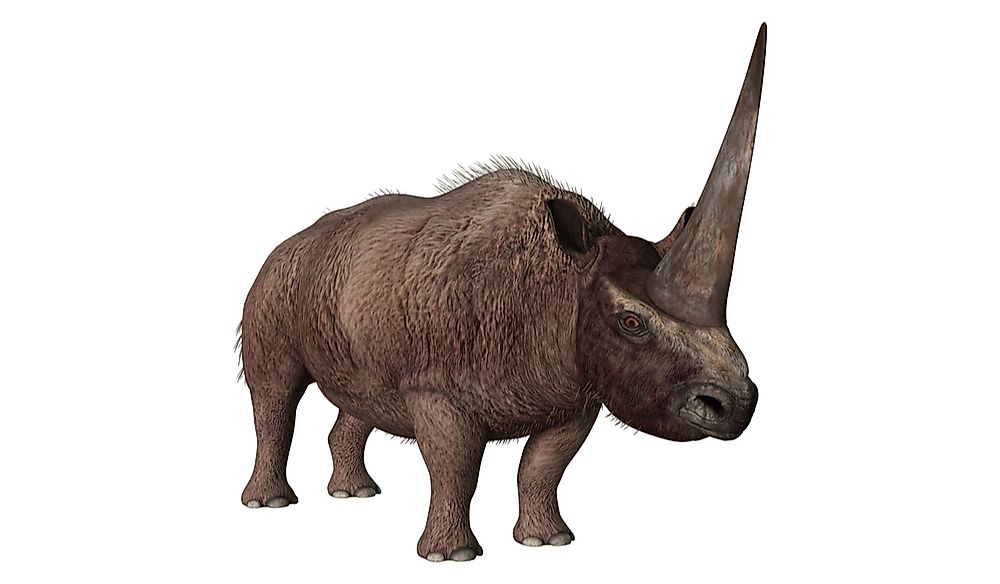What Was The Siberian Unicorn?

The Giant Siberian Unicorn, also known as Elasmotherium or giant rhinoceros, is an extinct species of rhino that inhabited the Eurasia region in the Late Pliocene and through the Pleistocene. The giant rhino has been documented from 2.6 million years ago to at least 39,000 years ago. The most recent fossil is estimated to have come from 29,000 years ago. There are three known species of Siberian Unicorn. However, the best-known species is the E. Sibiricus which was the size of a mammoth and had a hair-covered body and a large horn protruding from the forehead. The horn was used for several functions including attracting mates, defense, digging, and driving away competitors.
Discovery and Naming of Siberian Unicorn
Elasmotherium was first named by Johann Fischer von Waldheim in 1808. Johann was the Moscow University’s Directeur Perpetuel of the Natural History Museum. He relied on a lower jaw that had been donated to the university’s museum by Yekaterina Romanovna. A well-preserved skull was discovered in March 2016 in Kazakhstan which provided a new estimated time when the animal roamed the earth. The period was reduced from 350,000 years ago to 29,000 years ago. The fossil also suggested that the animal was a very old male but it does not give hint as to how it died.
Description
Several theories have emerged concerning the look of the Elasmotherium, along with its habitat and diet. Some describe the animal as galloping like a horse while others describe it as hunched over with head to the ground. Whether or not the horn existed and the use of the horn have been controversial topics over the years. The popular species, E. Sibiricum, was 15 feet in body length while E. Caucasicum was at least 16 feet in body length and weighed 3.6-4.5 tons. The two species were some of the largest in the Rhinocerotidae. The front feet were larger than the rear and had three digits and a rudimentary 5th metacarpal.
Debate on the Existence of Horns
The presence of a Siberian Unicorn’s horn and its functions has been a subject of debate over the years. However, Elasmotherium belongs to the family Rhinocerotidae which are collectively referred to as Ceratomorpha. The Ceromorpha are characterized by the presence of horns and hooves made of keratin. The only evidence that exists to prove that Siberian Unicorns had horns is the frontal protuberance which attracted the attention of paleontologists in the 19th century and was instantly interpreted as the basis for a horn. Several theories on the functions of the horn have been put forward, ranging from defense, digging, driving away a competitor, and attracting mates.
Diet
Although the Siberian Unicorn was a huge animal and weighed over three tons, it had a peculiar diet which comprised mainly of plant bulbs, grass, and tubers. The animals had cheek teeth which were evolved for herbivory. They moved long distances grazing. They also burrowed into the ground and pulled out edible roots. Elasmotherium lacked canines and incisors, so it used the hard horn to dig out the roots.











